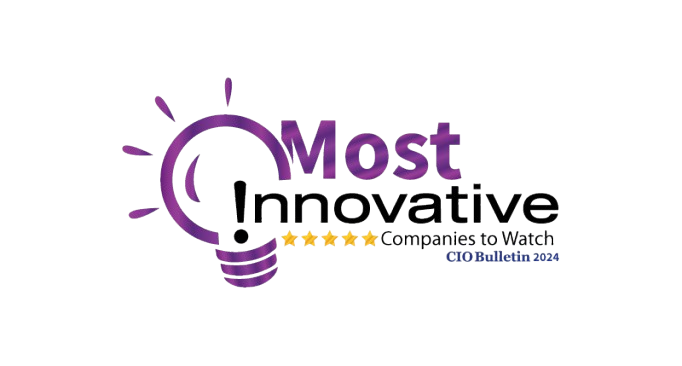What is Account based marketing (ABM)?
Account based marketing (ABM) is a powerful tool in any marketer’s tool belt, especially if your annual contract value (ACV) is high and relative number of opportunities in your market are low. Because ABM requires tight cooperation between marketing and sales, it is important that all involved have a common understanding of what it is and the tools and techniques needed to ensure ABM success. So let’s dive in!
First, a bit of ABM history
Where and when the practices ABM started can be debated, but we know for sure that the term was first introduced by the IT Services Marketing Association (ITSMA) in 2003, and then a groundbreaking 2004 paper titled Account Based Marketing: The New Frontier.
Despite ABM’s enduring presence as a marketing strategy (considering how quickly trends can come and go, at least!) it is still largely misunderstood by the modern marketer.
Here’s what ABM is not
In order to help us to understand what ABM is, let’s take a look at four things that ABM is not.
- Account based marketing is not a stand-alone practice that is mutually exclusive to other forms of marketing. It is a framework and a philosophy to place your tactics and strategies within. You can run inbound as a part of ABM. Demand generation can be a component of ABM. Webinars, content campaigns, and in-person events can all be a part of your ABM campaign.
- ABM is not demand generation with an account focus. Demand generation can be a complementary piece of your ABM campaign, but the two are not one and the same. Demand generation focuses on driving demand rather than leads and requires sales and marketing to work together on lifecycle stage definitions and handoffs, so while it is a natural fit within the ABM framework, it is not the same thing.
- ABM and using intent data are not one and the same. You can run ABM without intent data and you can use intent data without running an ABM play. Intent data helps you gain relevance in any marketing play, when deployed properly, but is not required to be relevant or personalized. Remember, ABM has been around since 2003, long before the ZoomInfos and Bomboras of the world were around to tell us our prospect’s every move.
- Account planning and ABM are not the same thing. Does ABM involve account planning? Yes. Does every team doing account planning have to run an ABM campaign? No. Account planning is a sales motion that can happen in a silo or in conjunction with marketing in order to market in line with the account planning done by sales.
ABM acronyms & jargon explained
Marketing and sales are two disciplines full of jargon and acronyms. If you’re running an ABM play, it’s smart to ensure both teams are clear about what is meant when ABM buzzwords inevitably start getting thrown around. Here are seven you’ll want to know:
- TAL - Target Account List. This is a list of accounts that you have identified as high-value that you will target in your campaigns. This can be done by choosing individual accounts or by using your ICP to find accounts that match those parameters.
- ICP - This is your ideal customer profile. The ICP is usually created using a combination of firmographic, technographic, and demographic factors and is an essential guide to whether an individual account is one you should target or not. Many companies use ICP tiers to guide marketing and sales tactics & strategies based on tier or how valuable the account is to your business.
- Buying Committee - this is the group of stakeholders that you are seeking to influence within your ABM campaigns because they have a seat at the decision making table. Potential buying committee members include decision makers, influencers, budget holders, blockers, champions, legal, and end users.
Air Cover - This is a marketing play where you ensure that the buying committee is seeing relevant ads throughout the buyer’s journey. Air Cover is designed to ensure you are omni-present and to influence multiple people at your target accounts. - Surfacing Leads or Handoffs - This is a sales and marketing alignment term that speaks to the timing and mechanisms for putting a lead in front of your sales team. For example, you may put your tier 1 target accounts in front of sales via a task and a Slack notification when the target account has a company score of 100.
- Thought Leadership - This term is applicable to other forms of marketing, but it is especially important in ABM. Thought leadership is a demonstration of your expertise on a particular topic. In ABM, this expertise is shared via social media posts, video content, podcasts, guides, and other content assets. Thought leadership helps you to position yourself while also providing value to your target accounts.
- Sales & Marketing Alignment - Necessary for running ABM plays, sales and marketing alignment involves sales and marketing collaborating on accounts to target, when to hand off those accounts based on ICP tier, lifecycle stage definitions, what content sales should use for various target accounts, and more. Sales and marketing alignment is about breaking down silos and making your revenue team more effective through working together.
So you’re sold on ABM…now what? Download our Marketer’s guide: How to Execute ABM with HubSpot
Featured Resources
Check Our Latest Resources




